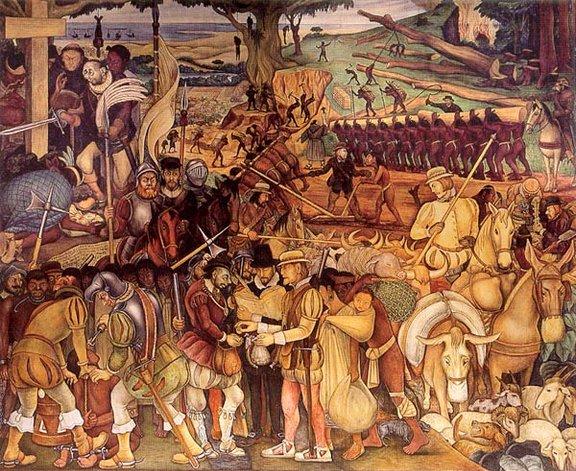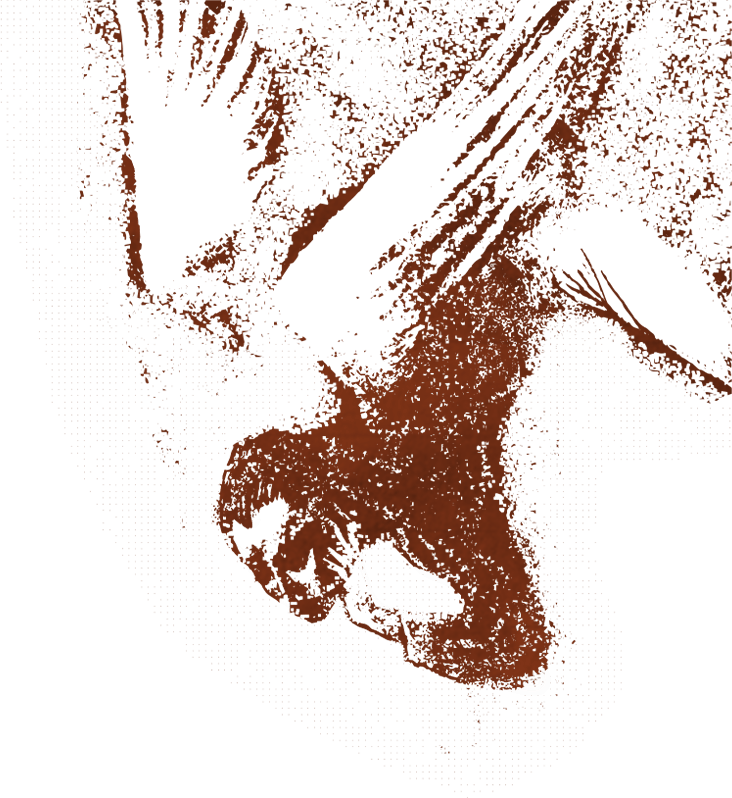Writing 1571 in opposition to Bartolomé de las Casas’ advocay for indigeneous citizens of the Americas, an unnamed Spanish church official in Peru penned the following parable as a theological rationale for conquest:
 "God acted . . . as a father who has two daughters: one very white, full of grace and gentility; the other very ugly, bleary-eyed, stupid and bestial. If the first is to be married, she doesn't need a dowry, but only to be put in the palace and those who want to marry her would compete for her. For the ugly, stupid, foolish wretch, it isn't enough to give her a large dowry, many jewels, lovely magnificent, and expensive clothes. . . .
"God acted . . . as a father who has two daughters: one very white, full of grace and gentility; the other very ugly, bleary-eyed, stupid and bestial. If the first is to be married, she doesn't need a dowry, but only to be put in the palace and those who want to marry her would compete for her. For the ugly, stupid, foolish wretch, it isn't enough to give her a large dowry, many jewels, lovely magnificent, and expensive clothes. . . .
Diego Rivera, 1951, Palacio Nacional in Ciudad de México
"God did the same for us. Certainly we were all unfaithful, be it Europe or Asia; but in their natural state they have great beauty, much science and discretion. Little was needed for the apostles and apostolic men to betroth those souls with Jesus Christ by the faith of baptism.
"These other national creatures were God's but they were ugly, rustic, stupid, incompetent, bleary-eyed, and needing a large dowry. And therefore he even gave them mountains of gold and silver, fertile and beautiful lands, because there was hope that there would be people, by God, who would want to go to preach and evangelize and baptize them so they could be the bride of Jesus Christ.
"This is what I say about these Indians, that one of the means of their predestination and salvation were the mines, treasures and riches, because we clearly see that where they are, the Gospel goes quickly and competently and where there are none but the poor, it is a means of damnation because the Gospel never gets there, as we can see that in the land where there is no dowry of gold and silver, no soldier or captain wants to go, not even a minister of the Gospel." —Toasts with the Inca: Andean Abstraction and Colonial Images on Quero Vessels by Thomas B. F. Cummins

